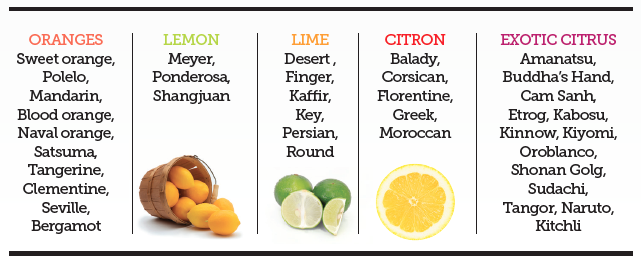The healing benefits from citrus consumption are a direct result of specific vitamin content, complements of individual natural plant biochemicals (‘phytochemicals’), minerals, and essential nutrients found in the juice, pulp and even sometimes in the peel of citrus fruits. Citrus is commonly recognized as a good source of vitamin C; however, citrus fruits also contain an impressive list of essential nutrients including both glycemic and non-glycemic carbohydrates (sugars and fiber), potassium, folate, calcium, thiamin, niacin, vitamin B, magnesium, copper, and riboflavin.
According to recent study by FAO (Food and Agriculture Organization of the United Nations), Department of Agriculture and Consumer Protection, “Citrus products may provide more of their beneficial effects when consumed as the complete food product—the whole piece of fresh fruit, or the container of 100% juice. Clinical and other studies provide evidence that there is a synergy of beneficial effects greater and more effective than the individual components provided separately.” For example, the artificial blends or mixtures of some of the broken or processed components from citrus have not been shown to provide the same symphony of beneficial effects identified with fresh fruit and 100% juice consumption. Citrus fruit and 100% pure citrus juices provide a highly beneficial whole food delivery system.

Citrus consumption will also help fight weight gain, protect against Anemia, type 2 Diabetes, lower risk of stroke, heart disease, hypertension, neural tube defects, reduce stress, help prevent cancer, improve vision, and boost the immune system. Consume a variety of citrus from the following list to add healing benefits, nutrient density and delicious flavor to your daily plate.
A study by registered dietitians at San Francisco Gate shows:
One small orange, one-half of a small grapefruit and one large tangerine are all equal to about 100 grams. You would have to eat almost two small lemons to consume 100 grams and gain the same amount of nutrients in one small orange. A 100-gram serving of orange, grapefruit or tangerine has 32 to 53 calories, 8 to 13 grams of total carbohydrates and 7 to 11 grams of sugar. Oranges and grapefruit have low glycemic index scores, which means their natural sugars don’t cause a big spike in blood sugar.



